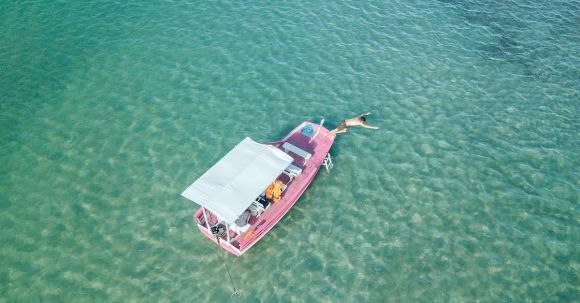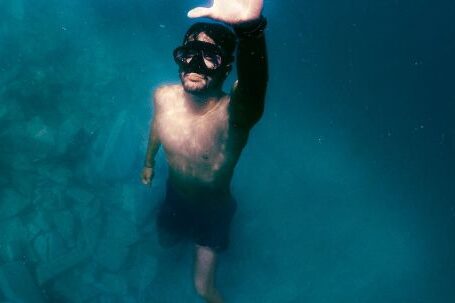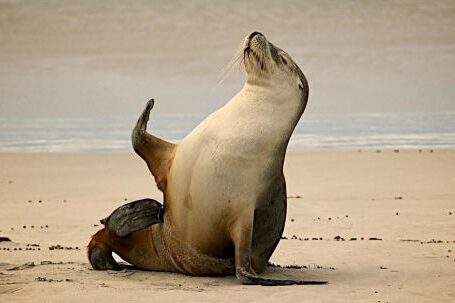Mastering buoyancy is a crucial skill for any diver. It allows you to glide effortlessly through the water, conserve energy, and protect delicate marine life. Whether you are a beginner or an experienced diver, there are always ways to improve your buoyancy control. In this article, we will explore some tips to help you enhance your dive skills and become a master of buoyancy.
Understanding the Basics
Before diving into the tips, it is important to understand the basics of buoyancy. Buoyancy is the ability to control your position in the water column by adjusting the amount of air in your BCD (buoyancy control device) or drysuit. By adding air, you increase buoyancy and rise to the surface, while releasing air reduces buoyancy and allows you to descend. Achieving neutral buoyancy is the ultimate goal, where you neither sink nor float but hover effortlessly in the water.
Perfecting Your Trim
Trim refers to your body’s horizontal position in the water. Achieving proper trim is essential for maintaining good buoyancy control. To improve your trim, focus on keeping your body parallel to the surface and maintaining a streamlined position. Avoid arching your back or tilting your head upward, as this can cause your lower body to sink and disrupt your balance. Practice swimming with your arms relaxed by your sides to minimize drag and maintain a horizontal position.
Breathing Control
Controlling your breathing is another crucial aspect of buoyancy control. Slow, deep breaths help to maintain a steady buoyancy, while rapid, shallow breathing can lead to erratic changes in depth. Remember to breathe slowly and evenly throughout your dive, allowing your lungs to expand and contract naturally. By mastering your breathing, you can achieve better control over your buoyancy and stay in perfect trim.
Fine-tuning Your Weight System
Finding the right amount of weight to carry is essential for achieving neutral buoyancy. Carrying too much weight will cause you to sink, while carrying too little will make you float. Experiment with your weight system by adding or removing weights until you find the perfect balance. Keep in mind that your weight requirements may change depending on factors such as the thickness of your wetsuit or the amount of air in your BCD.
Using Your Fins Efficiently
Your fins play a crucial role in maintaining proper buoyancy control. Using them efficiently can help you conserve energy and maintain a stable position in the water. When kicking, focus on using long, slow movements rather than quick, rapid kicks. This will allow you to glide smoothly through the water, minimizing disruptions to your buoyancy. Additionally, avoid using your hands or arms for propulsion, as this can disturb your trim and buoyancy.
Practicing Regularly
Like any skill, mastering buoyancy requires practice. Take every opportunity to dive and practice your buoyancy control techniques. Regular diving will help you develop muscle memory and improve your overall buoyancy control. Consider taking a buoyancy control specialty course to receive expert guidance and further enhance your skills.
Conclusion
Mastering buoyancy is an ongoing process that requires time, practice, and dedication. By understanding the basics, perfecting your trim, controlling your breathing, fine-tuning your weight system, using your fins efficiently, and practicing regularly, you can enhance your dive skills and become a master of buoyancy. Remember, buoyancy control not only benefits you as a diver but also protects the underwater environment, allowing you to fully appreciate and enjoy the beauty of the underwater world. So, dive in, practice these tips, and take your dive skills to new depths!





